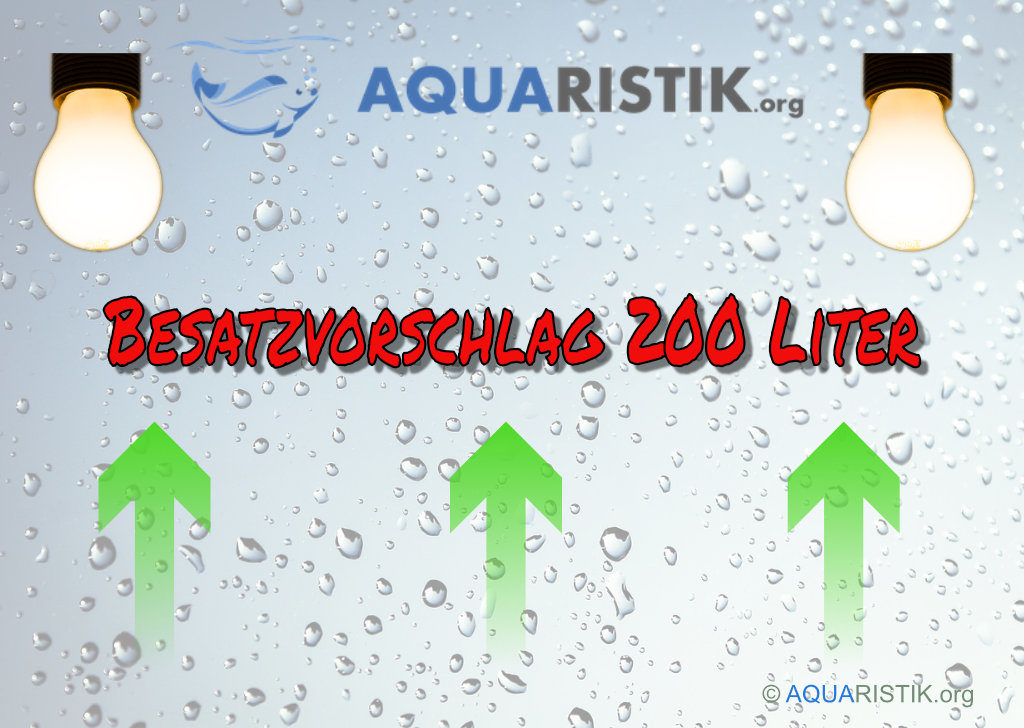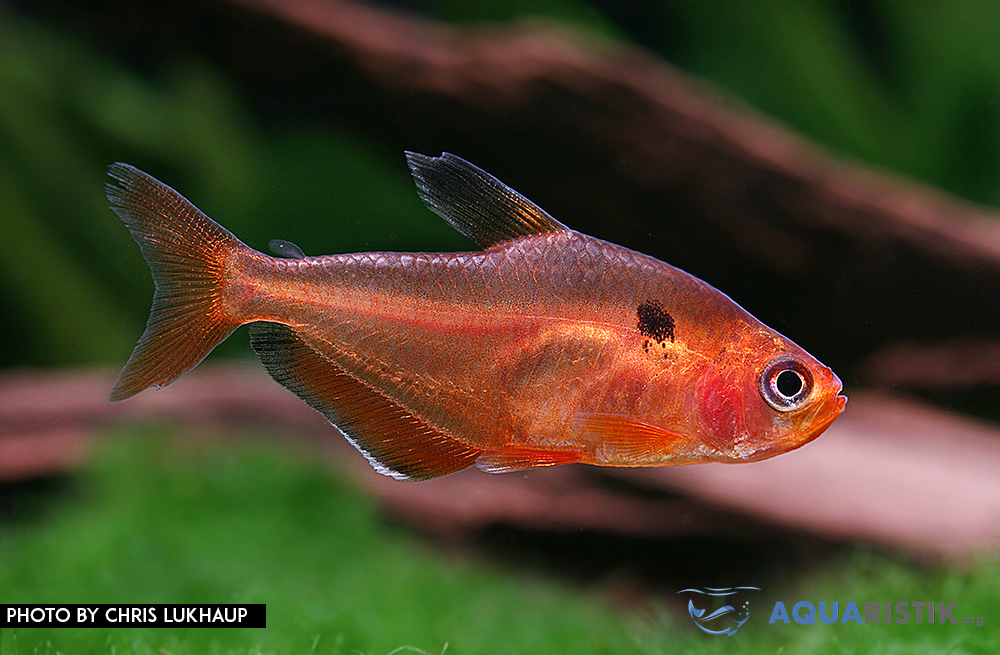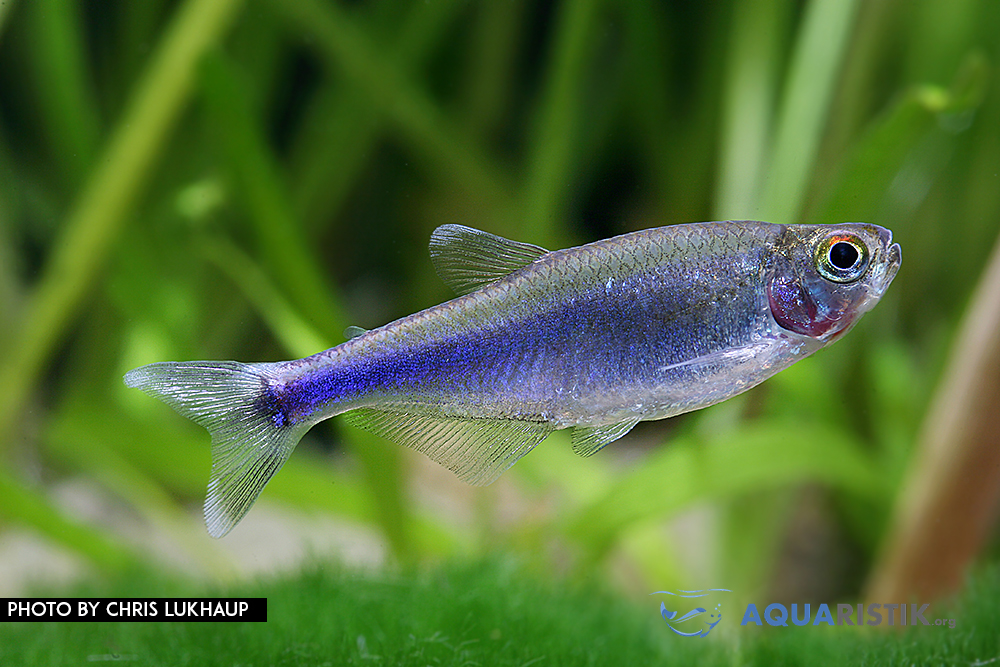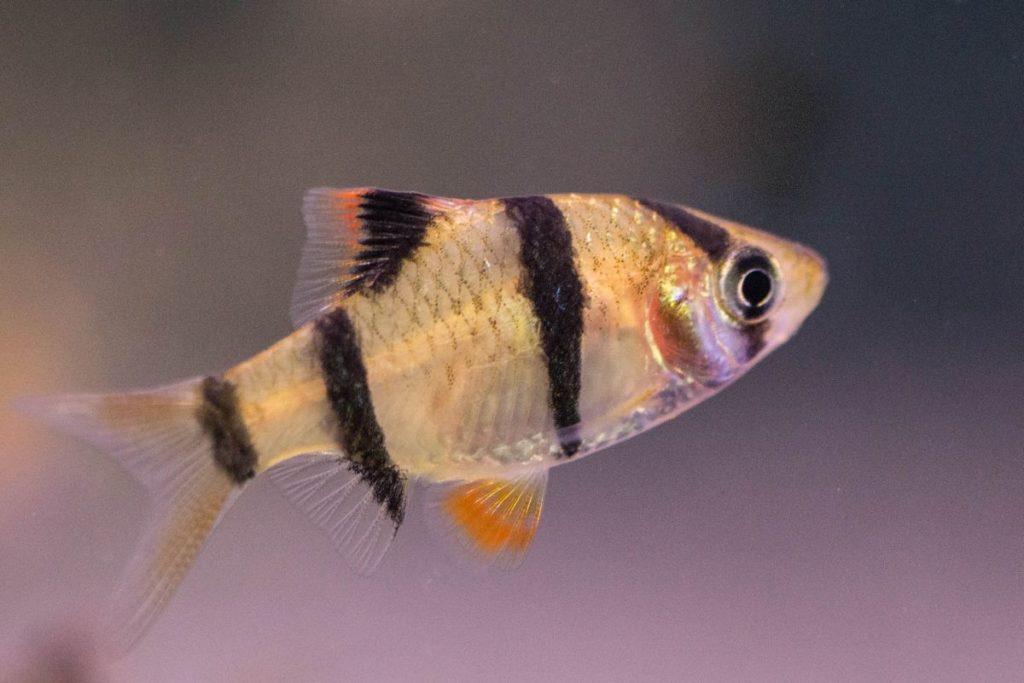Table of Contents
Stock 200 liter aquarium: What fish can I put in a 200 / 240 liter aquarium are used, many will ask themselves which exact size they would like to buy or which one already has at home. stocking suggestions and Example for Instrumentation we will explain in more detail below. As always, there are a few factors that should be considered when manning. Be it the origin of the fish, the behavior and also the socialization. The same water values of the ornamental fish play an important role for a proper and species-appropriate stocking, as well as the appropriate size of the aquarium. We will enumerate examples here, which from a Edge length of around 100 cm or more are applicable.

In our two guidebooks for tanks in the 54/60 liter range and also for 100 and 112 liter aquariums, there are many suggestions that are basically also used in 200 liter aquariums. Here, of course, you have more leeway in terms of the number of ornamental fish.
Of course, you also have to pay attention to the general things for socialization. In addition, there are also many important things in terms of stocking density. You can find more information about this under the linked articles. Now let's get to the examples.
Of course, even with this size, you have to decide whether you want a swarm or species tank or a community tank. There are also themes or basins of origin such as the Amazon basin, Malawi basin or a South America basin. Only fish from the same area of origin are used here.
Examples of stock for a 200 liter aquarium:
Example 1: Swarm or species tank with tetras
Let's start with the first stocking 200 liter example with the tetras. Here you can basically use all fish, where already in the small ones Pool under 100 liters space find. These are for example the Red neon (Paracheirodon axelrodi) or Rio red (Hyphessobrycon flammeus) and copper tetra (Hasemania nana), black tetra (Gymnocorymbus ternetzi), Loreta tetra (Hyphessobrycon loretoensis) or sparking tetra (Hyphessobrycon amandae). All of these fish can be used under 100 liters. However, if you also want to use larger tetras, you can use blood tetras. These grow up to 4 cm and should be kept in a swarm of 10 or more. From 150 liters it is possible to use them. Of course you can also socialize them with neons.
Another good alternative and certainly a real eye-catcher is a swarm of more than 8 yellow Congo tetras. However, it can reach a size of up to 7 cm, which should definitely be taken into account. Of course, you can also occupy the bottom extra with this capacity and you should do this, because every area in the aquarium should be considered accordingly. The armored catfish are a nice group even with this size, but the zebra catfish or the blue catfish are also often used. In addition, you can also use various other L catfish species. Here you should always note their maximum size:
- Group of 8 or more blood tetra (Hyphessobrycon eques) or
- Group of 8 or more Yellow Congo Tetra (Alestopetersius caudalis) and
- Group of smaller tetras such as red tetra (Paracheirodon axelrodi), Loreta tetra (Hyphessobrycon loretoensis) or black tetra (Gymnocorymbus ternetzi) and
- Bottom dwellers such as armored catfish, zebra catfish or armored catfish of the appropriate size

Example 2: Swarm or species tank with tetras
Our second example is also about a shoal tank with tetras. In addition to the Congo Tetra mentioned above, there is also the blue Congo Tetra, which can grow up to 9 cm. Here you will be able to keep a group of 6 or more animals. We particularly liked the brilliant tetra. It comes into its own when used in a group of 8 or more animals. These animals grow up to 6 cm. Of course, you should always pay attention to the stocking density.
- Group of 8 or more brilliant tetras (Moenkhausia pittieri) or
- blue congo tetra (Phenacogrammus interruptus) or / and
- Red of Rio (Hyphessobrycon flammeus) or
- Copper tetra (Hasemania nana)
- blue catfish (Ancistrus)
- Metal armored catfish in a group of 6 or more
- Earlatticed Loricariidae

200 liter aquarium stock Example 3: Swarm or species tank with tetras
In the last example with tetras as a pure tetra tank, we want to look at the red-headed tetra (Hemigrammus bleheri), because we really liked the great coloring of it. The ornamental fish should be kept in a group of at least 10, preferably larger groups. It grows up to 5 cm. If you have a group of 20 - 30 pieces, then 200 liters should also be the limit. Compared to the popular Neon, you can keep much larger swarms there. Certainly not 100, but up to 40 pieces are possible in a 200 liter tank. Another alternative is a mixture of two tetra species. But it shouldn't be more than that. We have found that if the groups get too small, the fish "act" a lot less. Therefore, fewer species but larger groups are better.
- Up to 20 animals Red-headed Tetra (Hemigrammus bleheri) or
- Group of 8 or more Brilliant Tetras (Moenkhausia pittieri) and
- Group of red or Blue neon (Paracheirodon axelrodi) and
- Ground dwellers as well as eg shrimp or various smaller catfish species
Example 4: School or species tank with barbel
After we have shown you three examples with a 200 liter stock of tetras, we now come to the possibility of making a type of tank with barbel or danios. Here, too, there are other options. Already with the 60 liter tank we had the opportunity to use the glow-eyed rasbora (Dorsiocellata macrophthalma) or longitudinal band dwarf rasbora (Boraras urophthalmoides), as well as the mosquito raspberry (Boraras brigittae), espes rasbora (Rasbora espei) or guinea fowl rasbora (Danio margaritatus). In the case of the 100 liter tank, species such as the five-girdle mullet (Desmopuntius pentazona) or brass mullet (Puntius semifasciolatus) were also possible. Bitterling barb (Puntius titteya) or brocade barb (Barbodes semifasciolatus) can now also be used in larger groups. As always, it is important to know the maximum stocking density.
Now let's move on to other options. We particularly liked the Odessa barb (Pethia padamya). It is characterized by its particularly red colour. From a group of 8 pieces it should come into its own.
Even now, although many are of the opinion that the Sumatran barb could be used in already smaller aquariums, we would use this fish.
- Group of Odessa barb (Pethia padamya) or
- Sumatran barb (Puntius tetrazona) or
- Larger groups of Brass Barb (Puntius semifasciolatus) or
- five-belted barbel (Desmopuntius pentazona)
- harlequin barbel
- Bottom dwellers, see the suggestions above, e.g. streamlined mailed catfish, three-lined mailed catfish or others

Example 5: School or species tank with perch
When it came to perch, there was little room for maneuver in tanks under 100 or under 200 litres. But this is changing now, then from 200 liters there are some species which now find their place in the aquarium. Most of the time it is also about themes or species tanks, because the socialization of perch with other tetras or climbing fish should be avoided. Now we come to the possibilities with perch. We especially liked the yellow emperor cichlid (Aulonocara baenschi). It can grow up to 12 cm and therefore one male and two to four females should be used here. More is not possible. The butterfly cichlid (Mikrogeophagus altispinosus) should only be used in pairs. The purple perch (Pelvicachromis pulcher) is also extremely beautiful to look at. But also in one does not keep in a group, but rather in pairs. If you want to rely on smaller groups, you should take a closer look at the Agassiz dwarf cichlid (Apistogramma agassizii), because at up to 4 cm it doesn’t get quite as big and you can therefore keep it in smaller groups.
- small group Agassiz dwarf cichlid (Apistogramma agassizii) or
- yellow emperor cichlid (Aulonocara baenschi) or
- Butterfly cichlid (Microgeophagus altispinosus) or
- Purple perch (Pelvicachromis pulcher)
- Here, too, various habitat residents are also possible. Two groups of 6 animals each are also nice panda armored catfish or harlequin armored catfish
200 liter aquarium stock Example 6: Shoal or species tank with the rainbow fish
We also want to look at an example with a diamond rainbow fish stocking. However, only this type of rainbow fish may be used here. However, an Ajamaru rainbow fish, which is particularly attractive due to its particularly beautiful colours, should not be placed in a 200 liter tank. The animals are all schooling fish and also need a lot of space because they are very lively and very good swimmers. The Ajamaru Rainbow Fish grows up to 12 cm and should not be kept in a group of less than 10 animals. The diamond rainbow fish (Melanotaenia praecox), on the other hand, only grows to 6 cm, which allows us to use a shoal in the 200 liter tank. However, it is best to only use ground dwellers here. All other types of rainbow fish such as blehers, jewels or filigree rainbow fish should not find their place under 300 liters.
- Group of diamond rainbowfish (Melanotaenia praecox) or possibly
- Group of Red Neon (Paracheirodon axelrodi) and
- Bottom dwellers such as blue catfish
200 liter aquarium stock Example 7: Community tank with climbing fish
Now we come to the different possibilities in the community tank. Here we generally suggest using a special eye-catcher and also a nice schooling fish. Oh here you should not get bogged down too much and use all possible species, races and genera. Less is often more here too.
The dwarf gourami (Trichogaster lalius) or the honey gouramis (Trichogaster chuna) could be used even in smaller tanks. Now you also have the option of using a pair of blue threadfish (Trichopodus trichopterus). However, it grows up to 15 cm tall, which should be taken into account. A particularly beautiful and colorful gourami is the mosaic gourami (Trichopodus leerii). It also finds a place in the tank from 200 liters. In addition, you can now also use the chocolate gourami (Sphaerichthys osphromenoides) in a pair or in larger tanks in several pairs.
A group of tetras is always appropriate.
- Pair of Blue Gourami (Trichopodus trichopterus) or
- Pair or females overhang Gourami (Trichopodus leerii) or
- Chocolate gourami (Sphaerichthys osphromenoides) and
- Congo Tetra (Alestopetersius caudalis) or
- Blood tetra (Hyphessobrycon eques) and
- Bottom dwellers of the armored catfish species
200 liter aquarium stock Example 8: Community tank with livebearers
Of course, a large number of viviparous fish can also be kept in a 200 liter aquarium. Be it the popular guppies or the platies. The attitude of the mollies is also interesting here, because these fish can sometimes become quite large. For example, the Black Molly (Poecilia sphenops) grows up to 10 cm, which should prevent us from keeping it in a tank under 200 liters. Very often recommendations of 100 liters come here.
A nice group, which is best used in pairs, can look very good here. You also have to make sure that the animals can multiply quickly. Of course there are a lot of other fish in the large group of toothcarps. The swordtails now also fit quite well in a larger group in the pool from 200 liters.
- Guppy (Poecilia…)
- Platy like coral platy, red diamond platy or rainbow platy (Xiphophorus…=)
- Black Molly or other Mollys like Diamond Molly
- Swordtail (Xiphophorus Helleri)
- bottom dwellers
The number of each species depends on the exact socialization. However, one should not socialize any of these fish with fewer than 6 specimens.
What are your ideas for the socialization of ornamental fish in a 200 liter aquarium?






